
Ingredient
Mallow infusion leaves
The Soothing Herb: Mallow Infusion Leaves
Mallow infusion leaves are characterized by their soft, velvety texture and mild, slightly tangy flavor. These heart-shaped leaves are typically green in color and have a subtle earthy aroma. When brewed into an infusion, they release a soothing and refreshing taste that is reminiscent of green tea with a hint of floral notes.
Origins and history
Mallow infusion leaves have a rich history dating back to ancient times. They were highly regarded by the Greeks and Romans for their medicinal properties and were often used to treat respiratory ailments and soothe digestive issues. These leaves were also commonly consumed as a food source due to their high nutritional value. Today, mallow infusion leaves are still popular in Mediterranean and Middle Eastern cuisines, where they are used in salads, soups, and herbal teas.
Nutritional information
Mallow infusion leaves are a good source of vitamins A and C, as well as minerals like calcium and iron. They are also low in calories and contain beneficial antioxidants.
Allergens
There are no known allergens associated with mallow infusion leaves.
How to select
When selecting mallow infusion leaves, look for fresh, vibrant leaves that are free from blemishes or discoloration. Avoid leaves that appear wilted or have yellow spots. Opt for organically grown leaves whenever possible to ensure they are free from pesticides or other harmful chemicals.
Storage recommendations
To store mallow infusion leaves, gently wash and dry them thoroughly. Place the leaves in a resealable bag or an airtight container lined with a paper towel to absorb excess moisture. Store them in the refrigerator and use within a few days for optimal freshness.
How to produce
Mallow infusion leaves can be easily grown in a home garden or in pots. They thrive in well-drained soil and require regular watering. Plant the seeds or seedlings in a sunny spot and provide support for the plants to climb if desired. Harvest the leaves when they are young and tender for the best flavor and texture.
Preparation tips
Mallow infusion leaves can be used in a variety of ways. They can be added to salads for a refreshing crunch, used as a garnish for soups and stews, or brewed into a soothing herbal tea. To enhance their flavor, lightly sauté the leaves with garlic and olive oil or incorporate them into pasta dishes and risottos.
Culinary uses
Mallow infusion leaves are commonly used in Mediterranean and Middle Eastern cuisines. They are often found in dishes such as fattoush salad, tabbouleh, and herbal teas.
Availability
Mallow infusion leaves are commonly available in Mediterranean countries such as Greece, Turkey, and Lebanon. They can also be found in specialty grocery stores or online retailers that offer a wide range of culinary herbs and ingredients.
More ingredients from this category » Browse all

Alpine ladies mantle infusion leaves
The Enchanting Elixir: Unveiling the Magic of Alpine Ladies Mantle Infusion Leaves

Blackberry infusion leaves
The Essence of Blackberry Infusion Leaves

Marshmallow infusion leaves
The Sweet Essence of Nature
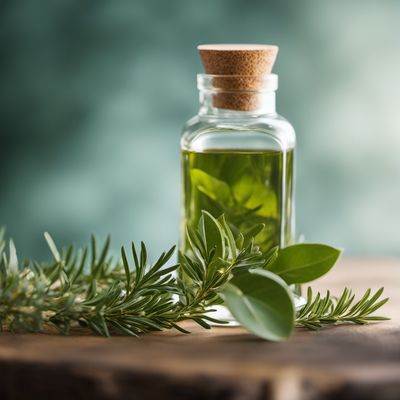
Tea tree infusion leaves
"The Healing Elixir: Unveiling the Power of Tea Tree Infusion Leaves"
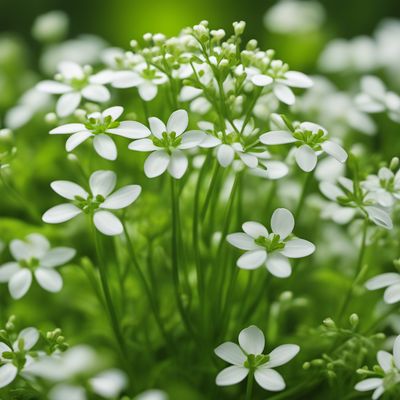
Sweet woodruff infusion leaves
Fragrant Elixir: Exploring the Delights of Sweet Woodruff Infusion Leaves
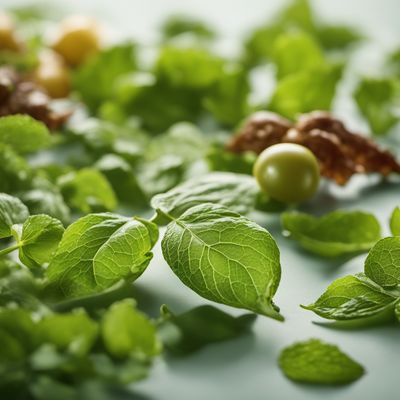
Muña infusion leaves
Andean Mint Delight
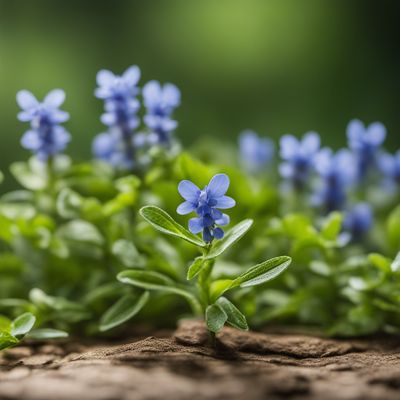
Sweet trefoil infusion leaves
The Delicate Herbal Elixir

Chiretta infusion leaves
The Bitter Elixir: Unveiling the Power of Chiretta Infusion Leaves
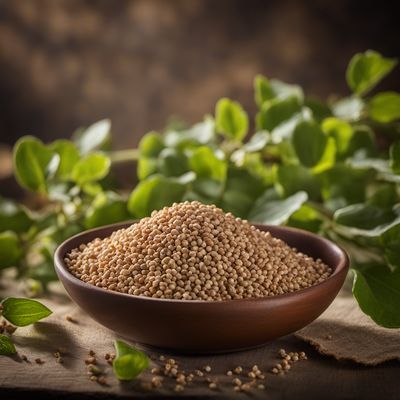
Buckwheat infusion leaves
Nutty Elixir

Shepherd’s purse infusion leaves
The Herbal Elixir of the Pastures

Silverweed infusion leaves
The Healing Power of Silverweed

Witch hazel infusion leaves
The Natural Elixir: Unveiling the Power of Witch Hazel Infusion Leaves